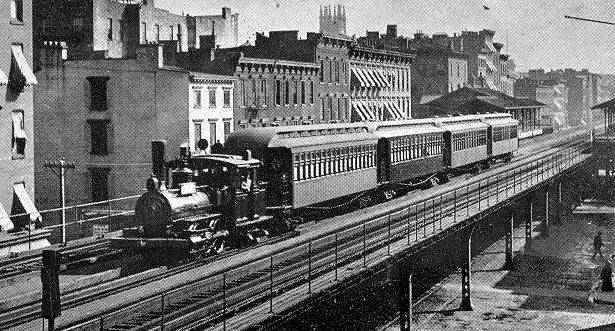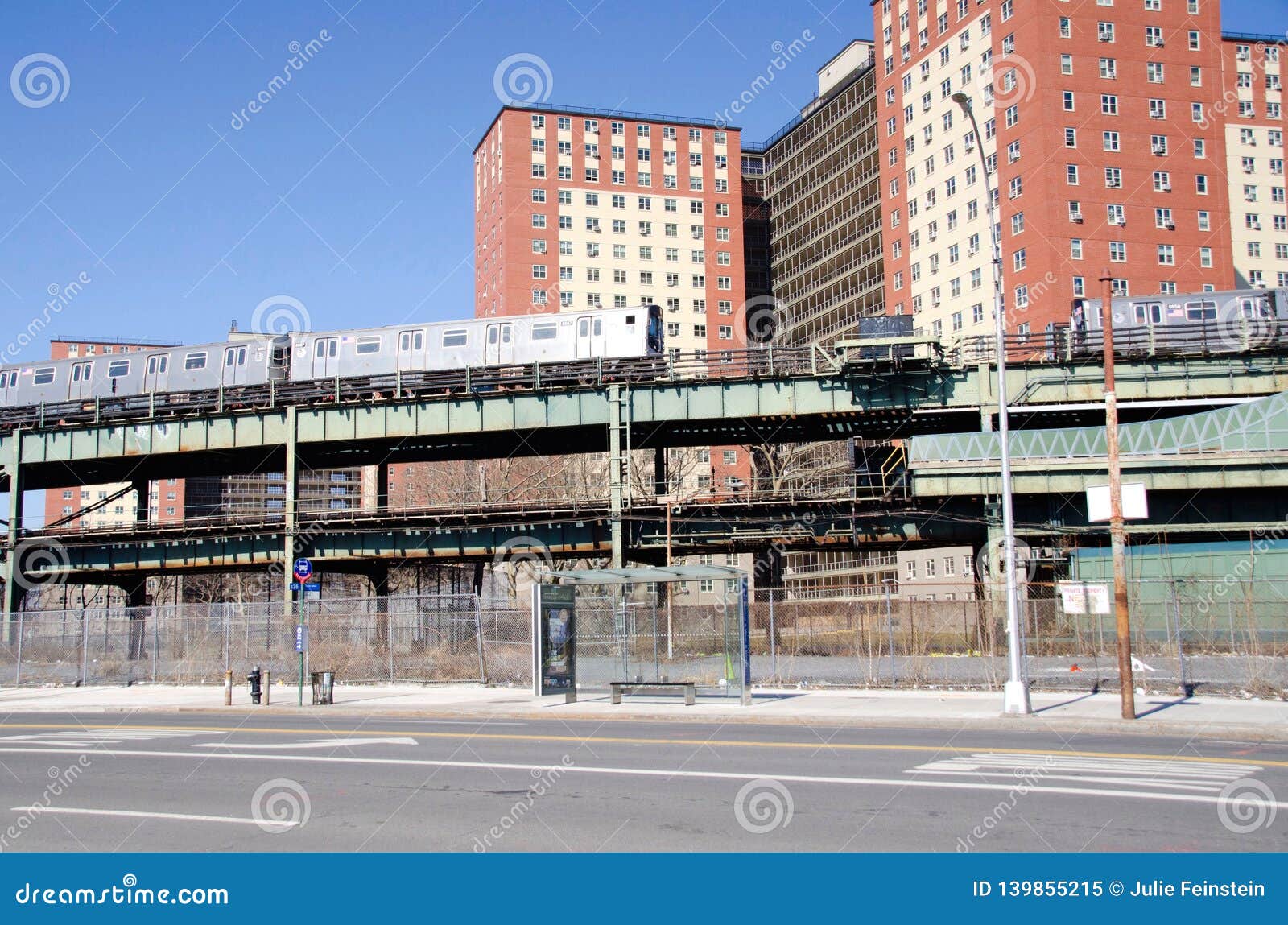micheal_can
Senior Member
Having new lines not only adds capacity but also extends the reach. Adding express lines on Yonge will only add capacity but not the reach. People will still be riding slow buses for half an hour before they even reach Yonge.
Also, it is very likely that adding express line on Yonge will be costlier because they will have to accommodate existing tunnels and stations, not to mention that it will be highly disruptive for an already congested line.
A new line won't have any of these problems, while it will also extend the reach of the subway system.
Are we relieving a line, or are we adding reach of the RT network?
I think, literally "Express Line 1" will be too expensive to build, if it has to be constructed under the active regular Line 1.
The best shot would be a new subway line running under Bay St in downtown, then swinging to the Yonge corridor somewhere between St Clair and Sheppard, and taking over the northern section of the existing subway. Davisville may be a good candidate to merge the two lines, since it is an above-ground station.
I am not suggesting it will be cheap. I am not suggesting it won't be disruptive. I am not suggesting it will be simple.
I am suggesting if the goal is to relieve a line, then some sort of express line is needed. A new line elsewhere is great for adding customers, but it will not relieve enough. 20 years from now, once this line is up and running and established, we will likely not see much of a reduction at the various choke points.
And when ever someone goes on about how amazing this line will be, I will point out that an express line following the existing line that is overcrowded would do more to relieve the line.

